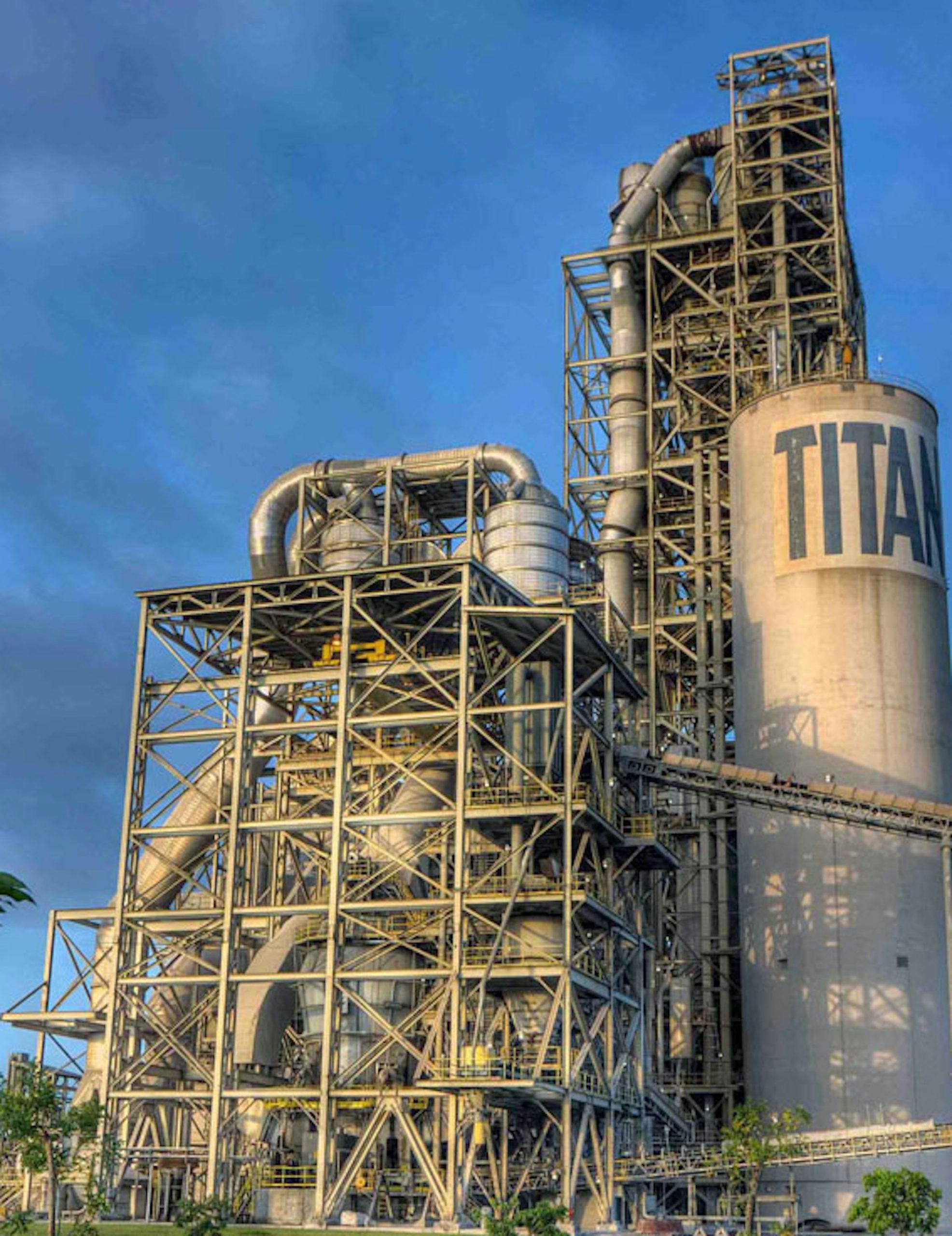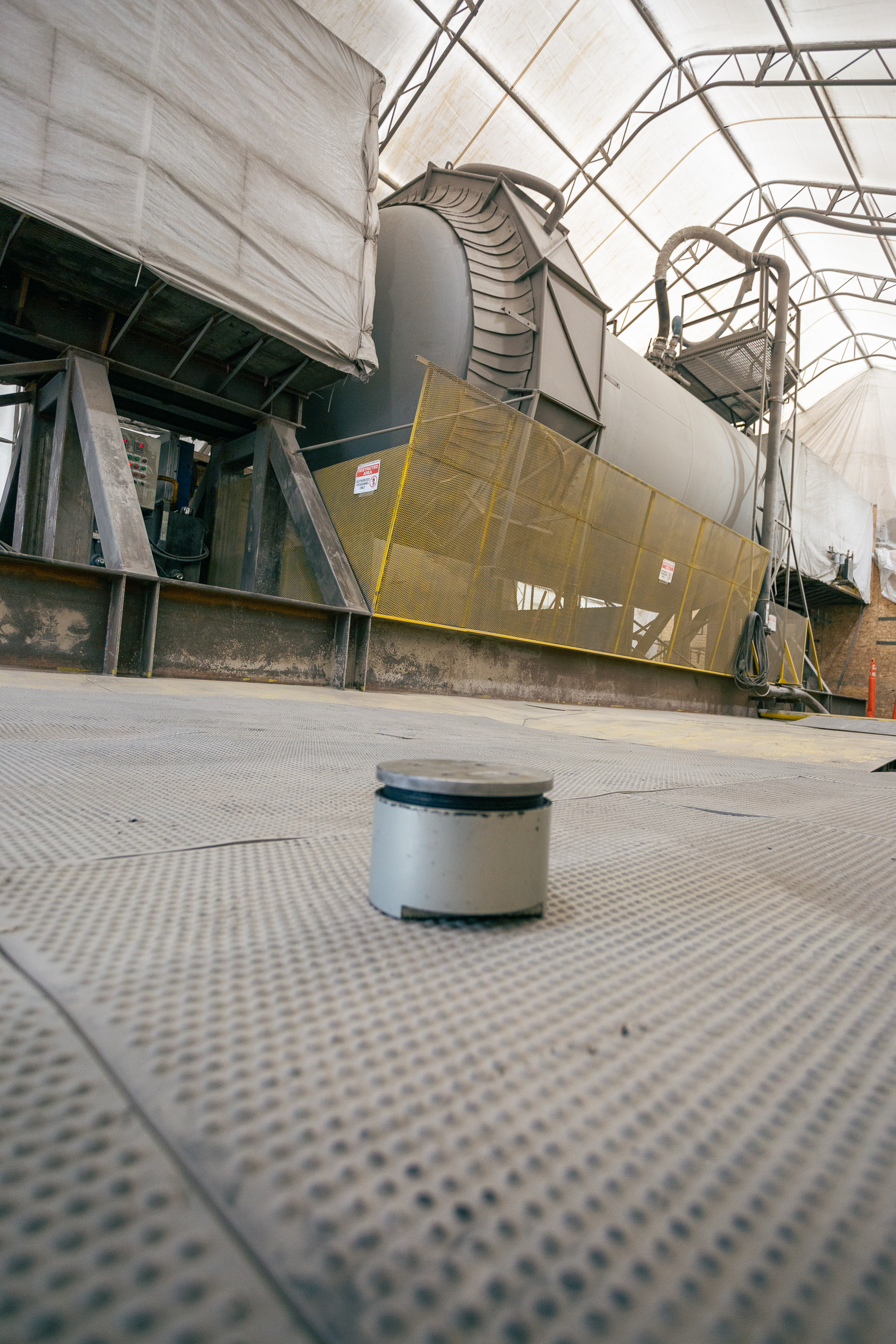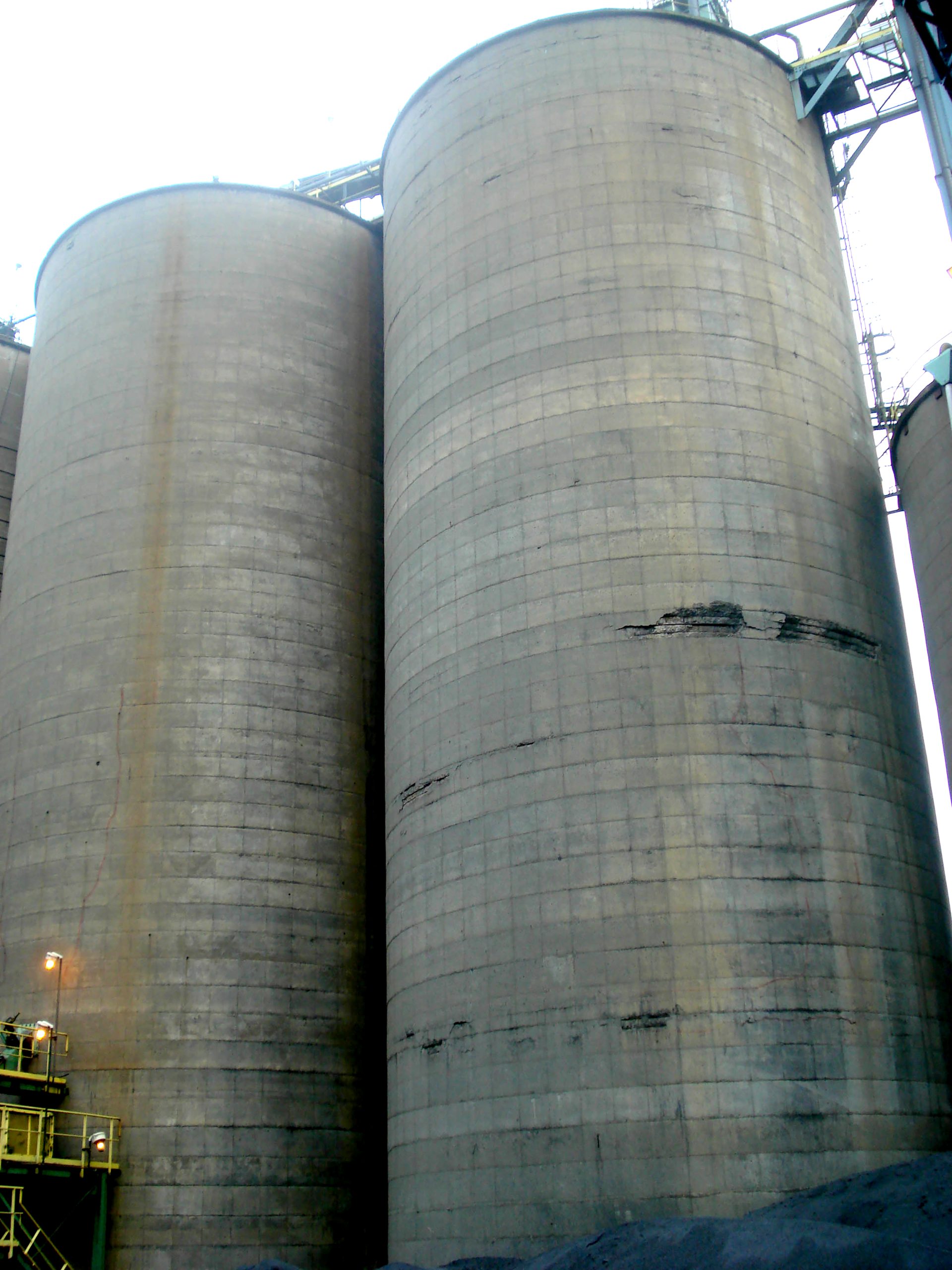It is 2024, and another new year has us looking ahead at what might be in store for the construction materials and cement industries. If you gauge a year by production volume, you could say 2023 was a bit of a disappointment. A look at the latest cement production numbers from the U.S. Geological Survey (USGS) reveals that shipments for…
Read MoreDay: March 20, 2024
All Arrows are Pointing to a Stronger Economy in 2024
There has been a confluence of events and happenings in the past few weeks that, when taken together, portend a much healthier 2024 than anyone could have imagined as recently as just this past fall. First, news about inflation has surprised everyone, as we witnessed a sharp decline in the rate of inflation in just the last couple of months…
Read MoreThe White House’s Infrastructure Goals Risk Disruption – By the White House
By Louis Baer For Americans to start seeing evidence of the Biden Administration’s Infrastructure Investment and Jobs Act (IIJA) taking shape in their hometowns, the construction industry will need building materials to do the work. Should a newly proposed Environmental Protection Agency (EPA) particulate matter (PM) standard take effect in the next few weeks, those materials might not be readily…
Read MoreCAC Partners With ERA on Case Studies
The Cement Association of Canada (CAC) announced it has partnered with Emissions Reduction Alberta (ERA) to prepare a summary of 10 case studies of innovation and collaboration in the concrete sector supported by ERA and the TIER fund over the past 10 years. Together, these projects show how Canadian innovation and entrepreneurs are addressing most, if not all, emissions reduction…
Read MoreCement News Briefs
2024 Economic Report
This Year Should Provide A Transition To Stronger Growth For Construction And Thus For Cement Production. By Mark S. Kuhar After a year in which the economy and starts slowed considerably, the coming year should provide a transition to stronger growth for construction, according to the Dodge Construction Network’s (DCN) Outlook 2024 economic report. But before we get to that,…
Read MoreHandling Challenges WithWaste-Derived Materials
What Are Some Of The Problems Experienced In The Cement Industry And How Can They Be Overcome? By Alan Highton Spiraling energy costs, pressures on extractive resources and the drive to reduce carbon emissions are prompting more and more heavy industry sectors to switch to waste-derived fuels and raw materials. Operators already using such alternatives know that handling them can…
Read MoreFinding Value in Carbon
A Calgary-Based Company Is Turning CO2 Emissions And Industrial Byproducts Into High-Quality Supplementary Cementitious Materials. by Jonathan Rowland Carbon capture is recognized as a key element in most pathways to a decarbonized cement industry. As the Portland Cement Association (PCA) noted in its 2021 Roadmap to Carbon Neutrality, carbon capture, utilization and storage (CCUS) “directly avoids a significant portion of…
Read MoreSilo Cleaning: The Path to Cost Savings
This Routine Maintenance Can Be Done Quickly And Efficiently Without Creating Unsafe Conditions Or Contributing To Unplanned Downtime. By Dennis Blauser Concrete silos are used to store a variety of materials in aggregate, industrial, energy and agricultural industries. Concrete silo design offers numerous advantages over steel. Concrete silos provide better structural stability than steel or aluminum and better resistance to…
Read MoreSustainability Spotlight: St. Marys Cement Charlevoix Plant
With the use of alternative fuels and lower-carbon clinker replacements, St Marys Cement is reducing carbon emissions while increasing energy efficiency at its Charlevoix, Mich., plant, according to the Portland Cement Association’s latest “Sustainability Spotlight.” To achieve carbon neutrality, cement plants are combining a variety of tactics to cut emissions and be responsible environmental stewards. St Marys Cement, part of…
Read More







